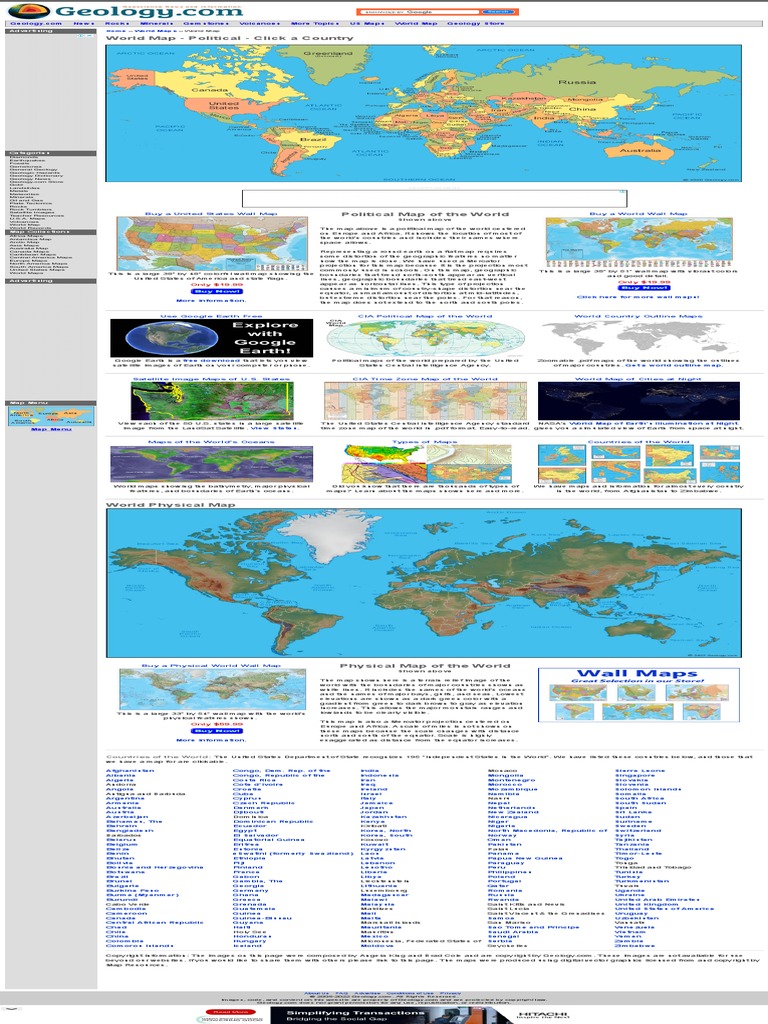The Journey of a Lifetime: Who Has Traveled to Every Country in the World?
Travel has always been a fascination for humanity. From ancient explorers like Pausanias, who documented his journeys through Greece, to modern-day adventurers chasing the dream of visiting every country, the desire to see the world is deeply rooted in our history. But what does it really mean to have visited every country? And who are the people behind this monumental achievement?
In the early 20th century, travel was a luxury reserved for the wealthy and well-connected. The concept of “visiting every country” was virtually impossible due to limited access, political restrictions, and the sheer difficulty of reaching remote locations. However, as globalization accelerated and borders became more open, the idea of completing a journey to all 193 United Nations (UN) member states began to take shape.
One of the earliest known individuals to achieve this feat was Finnish journalist Rauli Virtanen, who completed his journey in 1988 by visiting Bhutan, the last country on his list. Since then, the number of people claiming to have traveled to every country has grown significantly, with some estimates suggesting over 460 individuals have achieved this goal as of April 2025.
The Evolution of the “UN Master” Concept
The term “UN Master” refers to anyone who has officially visited all 193 UN member states. While the definition of a “visit” can vary—some consider airport transits or brief stops as valid, while others require at least a day spent in a country—the majority of travelers adhere to strict guidelines. According to NomadMania, a travel community that tracks these achievements, the standard is that a traveler must spend at least one full day in each country.
The first significant wave of “UN Masters” emerged in the 1990s, but the number of people achieving this milestone increased dramatically in the 2010s. By 2023, the year saw the highest number of new UN Masters in history, with at least 53 people completing their journey. This trend continued into 2024, with 45 new entries, and early 2025 already showing record-breaking numbers, with 31 new UN Masters within the first 13 weeks of the year.
The Demographics of a UN Master
Who are these travelers? According to data from NomadMania, the majority of UN Masters are white males from developed countries. The United States leads the list with 143 individuals, followed closely by Germany and the United Kingdom, each with 32. Finland, despite its small population, stands out as having one UN Master for every 312,000 people, making it the most represented country per capita.
However, the landscape is changing. Over the past decade, there has been a noticeable increase in diversity among UN Masters. Women, once rare in this group, now make up 16.2% of the total, with 75 women having achieved the feat as of 2025. Notable figures include Luisa Yu, a 79-year-old Filipino woman who completed her journey in November 2023, and Jessica Nabongo, the first Black woman to visit all 193 countries.
Ethnic diversity is also growing, though it remains underrepresented. Approximately 17% of UN Masters are non-white, with the majority coming from Asian backgrounds. Countries like China and India, which have large populations, have seen an increase in travelers achieving this goal, although many do so with second passports to bypass visa restrictions.
Age and Travel Styles
Age is another factor that varies widely among UN Masters. While the average age of completion is around 53, there are notable exceptions. Some travelers, like Austrian Kaiser Sepp, completed their journey at just 33, while others, such as 80-year-old Spaniard Juan Luis Galatas, continue to explore the world well into their later years.
Travel styles also differ greatly. Some UN Masters complete their journey in a few years, while others take decades. Some travel solo, while others do it with partners or in groups. The financial resources required also vary; some use private jets, while others rely on sponsorships or budget-friendly travel methods.
The Last Country: A Challenge in Itself
Interestingly, the last country a traveler visits often becomes a point of contention. Certain nations, such as Libya, Sudan, and North Korea, are frequently cited as the final destination due to their complex visa processes or political instability. For example, in 2025, 18 travelers completed their journey in North Korea alone, highlighting the challenges of accessing certain regions.
On the other hand, some travelers choose “easy” countries as their final stop, such as Andorra, Canada, or the Seychelles. These destinations are often chosen for their simplicity and accessibility, offering a sense of closure after a long and arduous journey.
The Future of the “UN Master” Movement
As more countries open their borders and global travel becomes more accessible, the number of UN Masters is expected to grow. With the recent openings of North Korea and Sudan, 2025 is shaping up to be a record-breaking year for travelers seeking to complete their journey. Additionally, the trend of visiting every country twice is gaining traction, with three confirmed travelers having done so and several others actively pursuing the challenge.
Despite the growing number of UN Masters, the journey remains an extraordinary feat. As Luisa Yu put it, “If there’s a will, there’s a way.” Her story, along with those of countless others, serves as a testament to the power of determination, curiosity, and the human spirit.
![]()




